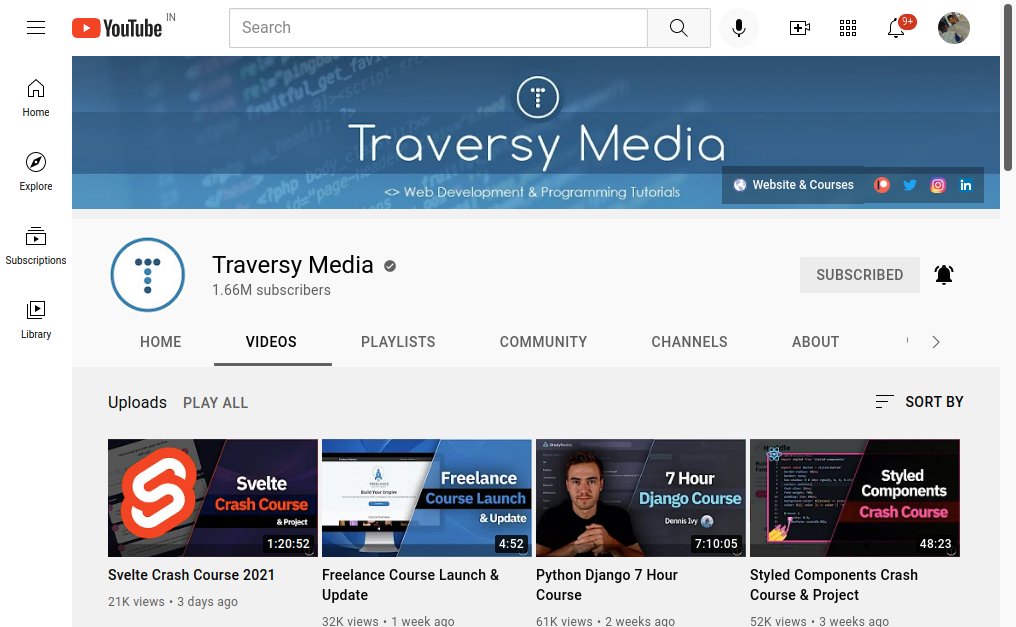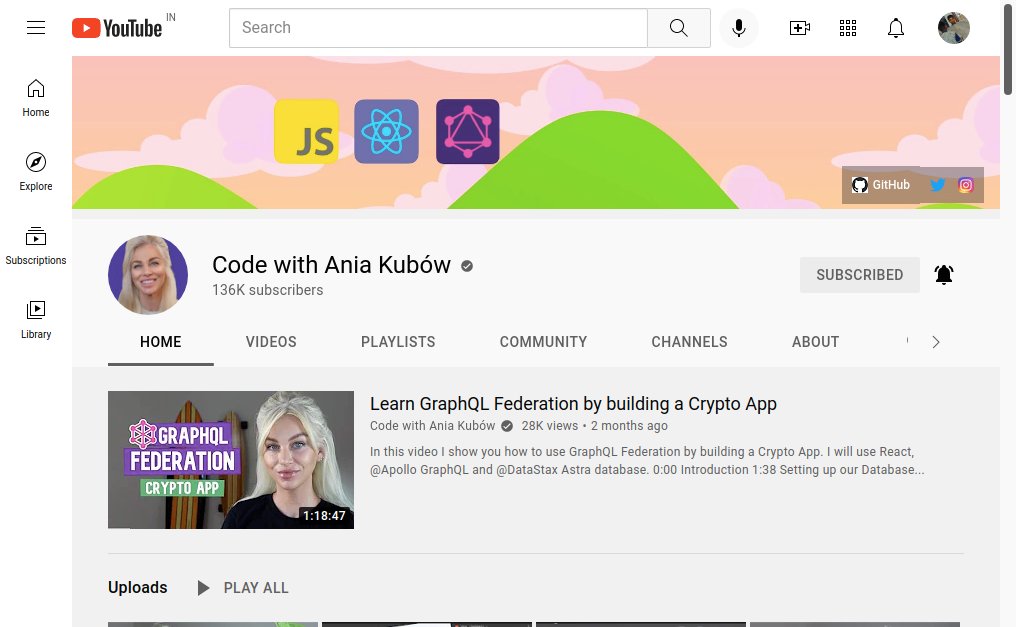Making money is a skill—like playing the drums or piano—that you can get better at over time.
I wouldn’t expect to be able to sit down at a piano for the first time and play a concerto. The same is true for making money.
This is why most first companies fail.
The Ladders of Wealth Creation breaks an insanely complicated topic of building wealth into the component parts and skills to give you a roadmap of what to do first.
Look at this graphic, then we’ll break down each step.
Ladder 1: Time for Money
The first ladder is trading time for money. This is how most people you know earn a living.
It may start with an hourly job working for Starbucks, but then transition into a salaried position working at a company.
The skills for success are simple, but critical:
1. Show up consistently
2. Being reliable
3. Eager to learn
Every job requires those three things.
To climb the ladder to a salaried position you need to specialize in certain skills (design, copywriting, legal, nursing, etc).
Ladder 2: A service-based business
If you choose to make the jump to the next ladder of running a services business there's an entirely new set of skills you need to learn that build on the last step…
Skills like:
1. Forming a company
2. Finding clients
3. Creating proposals
4. Pricing services
5. Hiring employees
6. Establishing an online presence
7. Accounting, finance, & operations
There are so many things that seem easy now that were daunting to me at the time.
This is also where many business owners expand beyond their ability and start to forget the lessons they should have mastered from the previous ladder.
Most often they stop being reliable and showing up consistently.
Ladder 3: Productized Services
Up until now each sale has been made by talking to customers or an employer directly. But to truly reach new levels of income you need to learn a different lesson:
How to make a sale without ever talking to the customer.
Productized services mean taking a service (search engine consulting) & bundle it as a set offering at a fixed price (SEO site audit for $1,000).
A designer moving from designing sites at $100/hr to charging $2k for a 5 page site.
An editor charging $250/video instead of $50/hr
Because the project scope & price are fixed the provider will make more on some projects than others—but the profits will average out. The key lesson is that you gain real leverage through disconnecting time from sales and revenue.
On this ladder we must learn (or hire out):
1. Writing sales copy that can make a sale without talking to the customer
2. Designing a sales page (or hiring experts to do it for you)
3. Processing online payments
4. Standardizing systems to deliver repeatable quality
Ladder 4: Selling products
The goal of a productized service is to remove the manual work from making the sale. Selling products continues that trend by also removing the manual work from *delivering* the product.
Examples include:
A new tripod for vloggers
A video course on new cooking techniques
An ebook on how to learn a new programming language
A software product for realtors
This ladder requires an entirely new set of skills you have to learn in order to sell products in bulk:
Customer support at scale
Gathering customers at scale
Supply chain (for physical product)
Fraud prevention
There’s a huge range in the difficulty of products. Selling an ebook is much easier than launching a social network.
The trick is to start with a lower rung on the product ladder & only move up as you’ve learned more skills.
That’s the ladders of wealth creation If you want to learn more, read the original essay on my blog:
https://t.co/zdRu8LzeET You can also follow me
@nathanbarry to learn more about audience building and wealth creation.
Share this thread with your friends to help them understand the fundamental skills required to build wealth.
Here’s the original tweet where I’d appreciate a RT or reply:
https://t.co/YhHz4xmUCo




